- What Is a Dream? Why do we forget what we dreamed after waking up?
- Top 8 most beautiful infinity pools in the world
- What is Psychology? Top 4 Things to Know About Psychology
1. Fly Agaric
Fly Agaric, scientific name Amanita muscaria, looks like the mushrooms in fairy tales, with red caps, white spots. People and animals accidentally ingesting this mushroom will be poisoned and possibly die.
The main toxic agents in the fungus are muscimol and ibotenic acid. These toxins affect the central nervous system, causing irritation, nausea, drowsiness, hallucinations.

2. Angel wings mushrooms
Angel Wing mushroom, scientific name Pleurocybella porrigens, commonly grows in the Northern Hemisphere. There was a time when angel wings mushrooms were considered a food, but this changed in 2004, when nearly 60 people in Japan were poisoned from eating them, of which 17 died within 6 weeks. .
Scientists have not been able to identify all the toxins of angel wings mushrooms. An amino acid found in mushrooms killed animal brain cells during the experiment. Most likely mushrooms also contain high levels of cyanide.
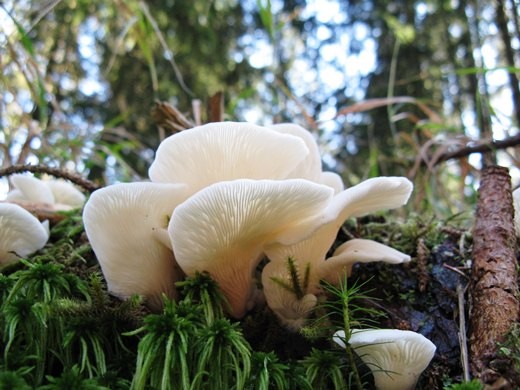
3. Deadly Dapperling Mushrooms Cause Digestive Disorders
Deadly Dapperling mushrooms, belonging to the Lepiota family, commonly grow in the pine forests of Europe and North America. This mushroom contains amatoxin, a toxin that causes 80-90% of deaths from mushroom poisoning.
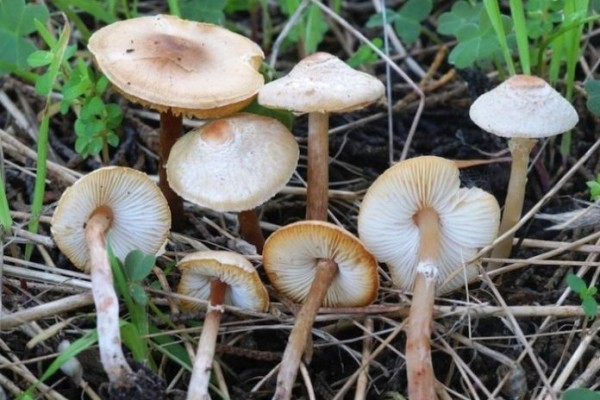
The mortality rate from ingestion of amatoxin is up to 50% if untreated, and 10% if treated promptly. Initial symptoms include abdominal pain and gastrointestinal upset , followed by liver failure leading to death.
4. Podostroma Cornu-damae affects all parts of the body
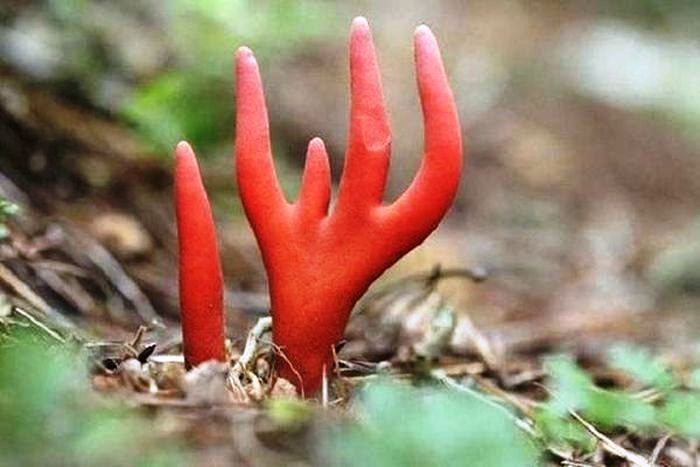
Podostroma Cornu-damae is shaped like a human hand. The main toxin in this fungus is trichothecene mycotoxin, a compound that causes unpleasant symptoms and can lead to death within a few days. The poison affects all parts of the body, but mainly the liver, kidneys, and brain, depleting blood cells, causing the victim to have facial skin peeling, hair loss like radiation poisoning or leukemia. bridge.
5. Conocybe Filaris Mushroom Causes Liver Damage
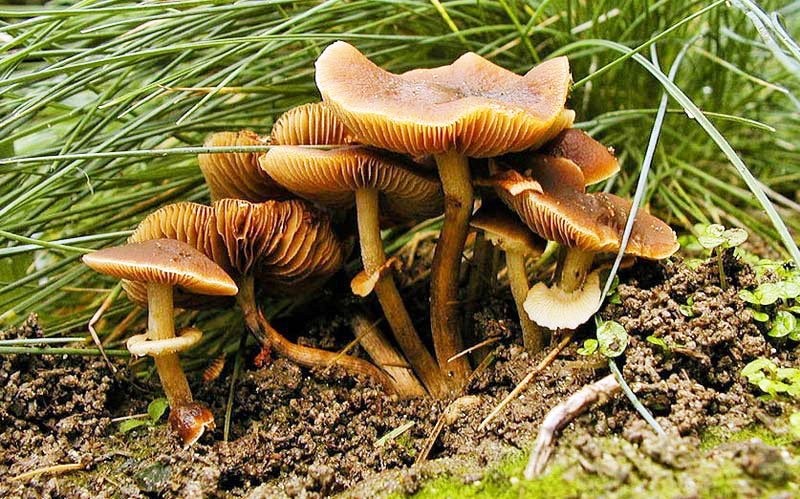
The fungus Conocybe Filaris commonly grows on lawns and is native to the Pacific region of the Northwestern United States. This mushroom contains a toxin amatoxin that is especially dangerous, if eaten, it will cause serious and incurable liver damage.
6. Webcap mushrooms contain orellanine, which causes acute kidney failure
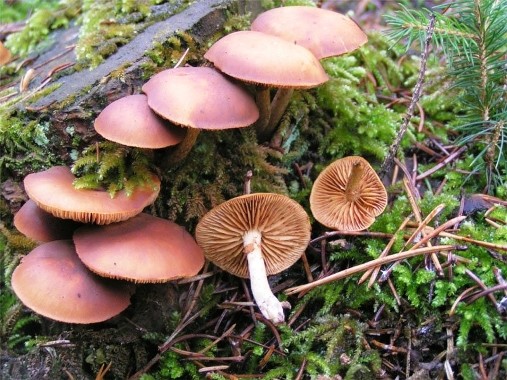
Webcap mushroom, scientific name Cortinarius rubbellus, is an extremely poisonous mushroom, just eating a small amount is enough to cause death. If they are lucky to escape death, the poisoned person must go on dialysis for life or have a kidney transplant. Webcap mushrooms contain orellanine, a very powerful toxin that has no effective antidote so far.
7. Autumn skullcap mushrooms
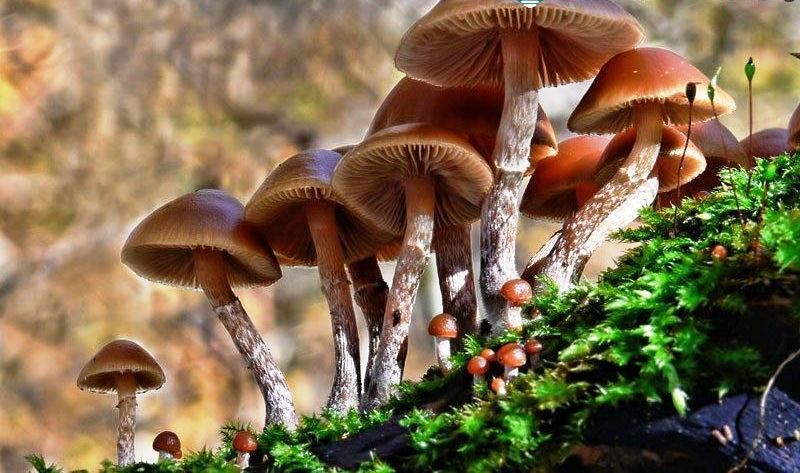
Autumn skullcap, scientific name Galerina marginata, commonly grows on dead tree trunks around the world. Like many other poisonous mushrooms, the skullcap mushroom looks like a harmless mushroom, confusing many people. Mushrooms contain the toxin amatoxin, which causes permanent liver damage, leading to painful death.
8. False Morel Mushroom mainly affects the liver
False Morel mushroom, scientific name Gyromitra esculenta, is shaped like a human brain. This is one of the most popular dishes in Scandinavia and Eastern Europe. False Morel Mushrooms are quite special. If you eat it raw, you will die. But if cooked properly, this mushroom has a wonderful taste.
False Morel Mushroom has a strange shape like a brain with many folds. "Despite the odd shape, but knowing how to prepare and do it right, it will turn out to be delicious," said Kim McCullough, chef and owner of Inari restaurant in Finland.
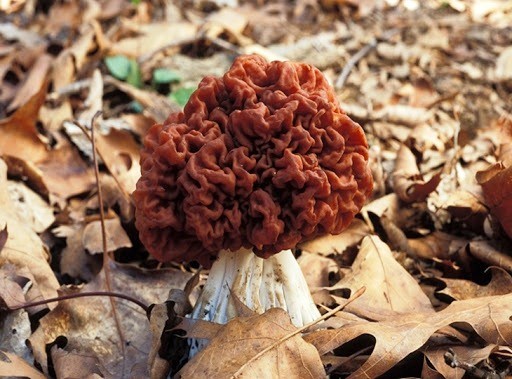
In Finland, to enjoy this poisonous mushroom must undergo a rigorous processing to detoxify. The government of this country also regulates very clearly in the process of handling toxic mushrooms.
After the toxins are removed, only the aroma of chestnuts and the characteristic aroma of forest mushrooms remains. And even though you have followed all the steps, the toxin gyromitrin can remain inside and accumulate in the body over time, so experts still recommend that diners do not eat often.
The toxin in mushrooms is gyromitrin, which when in the human body will convert to monomethylhydrazine (MMH). The toxin mentioned above affects mainly the liver, sometimes affecting the nervous system and kidneys. People who are poisoned have common symptoms such as diarrhea, vomiting, dizziness, and headache. In the worst case scenario, the poisoned person will go into a deep coma and die after a week.
9. Destructive angel mushrooms cause permanent damage to kidneys and liver tissue
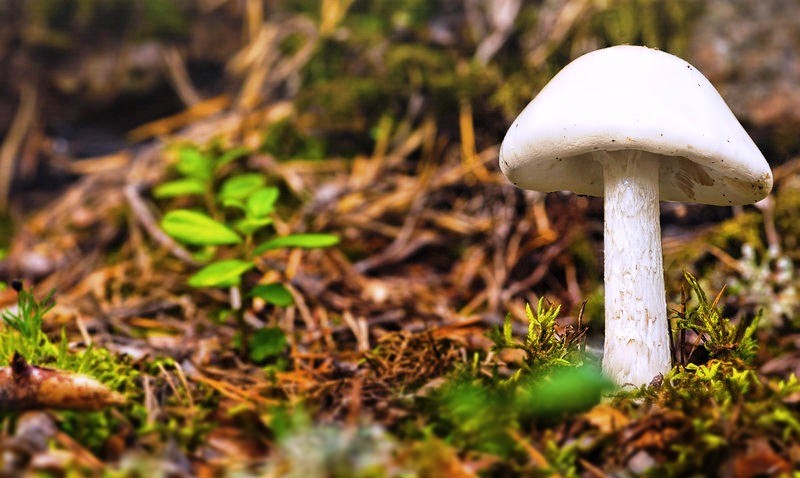
Destroying Angels are extremely poisonous mushrooms capable of completely destroying the human body with amatoxin toxin. Initial symptoms after ingesting mushrooms include: cramps , delirium, convulsions, vomiting, and diarrhea. Amatoxin causes permanent damage to the kidneys and liver tissue. The only way to save the poisoned person is a liver transplant.
10. Death cap mushroom
After heavy rains, a fungus is exploding across parts of California in the US. They are quite large, pale in color, and look very safe to those who happen to see them. In fact, when cooked, this mushroom tastes quite delicious.
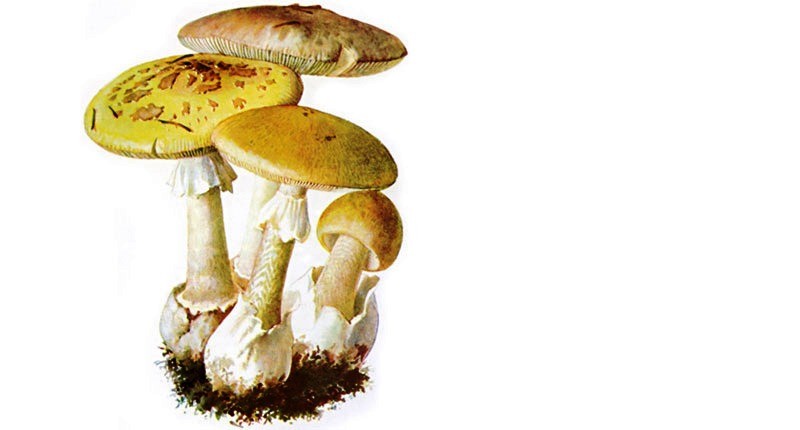
However, that appearance completely obscures the true nature inside, because it is the "hat of death" mushroom - or amanita phalloides - one of the most dangerous mushrooms in the world.
Death Cap, scientific name Amanita phalloides, is the culprit in most deaths from accidental mushroom ingestion or intentional poisoning. This fungus is associated with the death of the Roman emperor Claudius, a Russian pope and tsar. The death cap mushroom is native to Europe , often growing underneath oak trees in forests. It looks like a variety of edible mushrooms, causing confusion.
The toxic agent of the mushroom is α-amanitin (amatoxin), which causes irreversible liver and kidney damage. It is estimated that just 30 g of amatoxin (equivalent to half a mushroom) is enough to kill an adult human . The toxicity of death cap mushrooms does not change, even when cooked, dried or frozen.
Currently, there is still no cure if unfortunately poisoned. So, if you happen to see this mushroom, get away from it before it's too late.

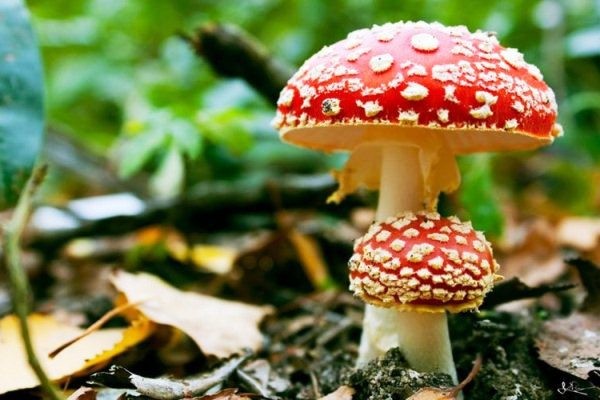






Để lại bình luận
5